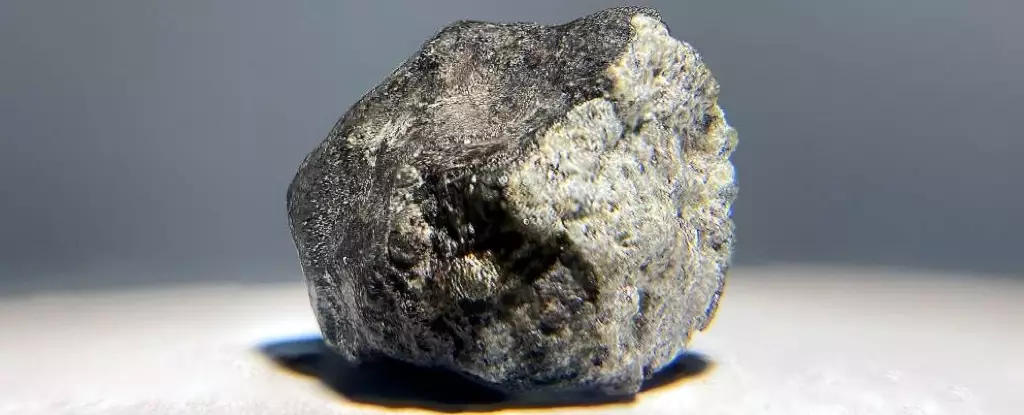The mysteries of the cosmos have always fascinated humankind, yet understanding the origins of meteorites that arrive on Earth has historically presented challenges. Recent advances in the study of meteorites, however, have yielded remarkable insights into their parent bodies. In a groundbreaking series of studies, researchers have approximately traced the origins of more than 90 percent of the meteorites currently on our planet to specific asteroid families within the main asteroid belt, situated between Mars and Jupiter. These findings provide a clearer picture of how these celestial fragments come to Earth and reveal intricate details about the history and evolution of our solar system.
The Studies and Their Findings
Led by an interdisciplinary team from the French National Centre for Scientific Research, the European Southern Observatory, and Charles University in the Czech Republic, the research primarily examined two predominant classes of meteorites, namely H (high iron) and L (low iron) chondrites. This classification system highlights the varying compositions of these meteorites, with chondrites being defined by the presence of chondrules—round particles formed from the rapid cooling of molten rock. Together, these two types account for approximately 70 percent of all meteorite falls on Earth.
By analyzing the isotopic compositions and cosmic-ray exposure of these meteorites, the researchers could link them back to three specific asteroid families: Massalia, Karin, and Koronis. Not only did they establish this connection, but they also dated significant collision events within these families, revealing that the Massalia family experienced two particularly impactful collisions, approximately 466 million and 40 million years ago. In contrast, the Karin and Koronis families encountered their major collisions around 5.8 and 7.6 million years ago, respectively.
The implications of these discoveries are profound: the data indicates that a significant fraction of meteorites arriving on Earth originated from more recent events than previously anticipated.
The dynamics of asteroid families provide crucial context for these findings. Upon collision, asteroids fragment into numerous smaller bodies that disperse into orbits where they may eventually collide with Earth. The frequency of such collisions and the resultant dispersal of fragments can significantly amplify the number of meteorites that reach our atmosphere. This understanding emphasizes that the life cycle of these asteroids is not merely a static process; rather, it’s dynamic and shaped by historic events, leading to an increased influx of meteorites.
Furthermore, this research expands beyond just H and L chondrites. The scientists delved into additional meteorite types, further increasing the number of identifiable origins beyond the already impressive 90 percent figure. They identified other families, including Veritas, Polana, and Eos, underscoring that our solar system’s history is stitched together by an intricate network of collisions and convergences across various celestial bodies.
Understanding the origins of meteorites is crucial for astronomers interested in piecing together the formation and evolution of the solar system. Each meteorite serves as a time capsule that offers insights into the early materials that formed the planets. By determining the specific asteroid families responsible for these meteorites, scientists can better model the evolution of the solar system and the processes that shaped it.
Moreover, as the research progresses, astronomers are eager to continue their observations. Their goal is to account for all types of meteorites, thus enriching our understanding of cosmic history and preparing us for potential future encounters with asteroids that could impact Earth. With technology evolving and observational capabilities expanding, the prospects of uncovering more secrets from space become increasingly attainable.
The groundbreaking work surrounding meteorite origins marks a significant leap in astrological research. By tracing the origins of meteorites to the asteroid families of Massalia, Karin, Koronis, and others, scientists not only deepen our understanding of celestial mechanics but also illuminate the history of our own planet. As we move forward, the quest for understanding the cosmos through the study of meteorites will undoubtedly continue, offering rich insights into the evolutionary timeline of our solar system. The determination of researchers across the globe ensures that this field remains vibrant, expanding, and enlightening as we look to the stars.


Leave a Reply